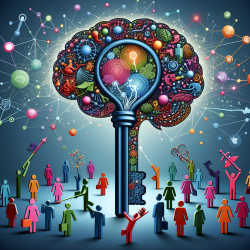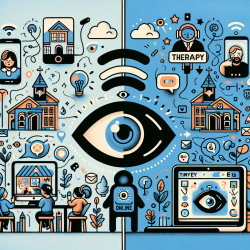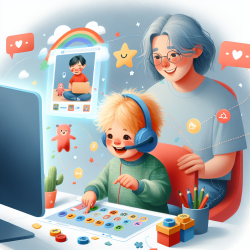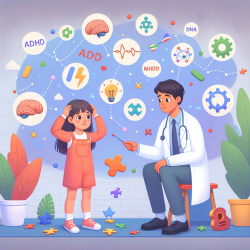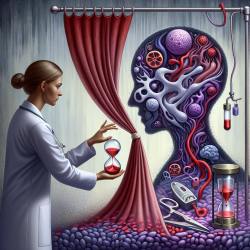Introduction
In the ever-evolving landscape of education, understanding the intricate workings of the human brain can offer profound insights into enhancing student learning and development. The research article "Growing Brains, Nurturing Minds—Neuroscience as an Educational Tool to Support Students’ Development as Life-Long Learners" provides a comprehensive exploration of how neuroscience can be harnessed to create brain-friendly educational environments.
The Role of Neuroplasticity in Learning
Neuroplasticity, the brain's ability to reorganize itself by forming new neural connections, is at the heart of learning and development. During the school years, experience-dependent neuroplasticity is particularly potent, presenting a unique opportunity for educators to "ride the neuroplasticity wave." By understanding and leveraging these natural learning mechanisms, educators can significantly enhance student outcomes.
Educational Neuroscience: A Bridge Between Science and Education
Educational neuroscience is an interdisciplinary field that explores the relationship between education and brain development. It offers insights into how educational practices can be aligned with the brain's natural learning processes. This field examines various factors, including the impact of sleep, physical exercise, and socio-economic status on learning and brain health.
Implementing Neuroscience in Educational Design
There are two primary methods of integrating neuroscience into education:
- Teaching about the Brain: Educating students about their brain's capabilities and potential can foster a growth mindset, encouraging them to take ownership of their learning journey.
- Designing Brain-Friendly Learning Environments: Creating educational settings that promote neuroplasticity involves ensuring adequate sleep, nutrition, cognitive challenges, and emotional safety. These environments support students in reaching their full potential.
Harnessing the Power of Motivation and Reward
The brain's reward system plays a crucial role in motivation and learning. By understanding the neuroscience of reward and motivation, educators can design learning experiences that tap into students' intrinsic motivation, fostering engagement and perseverance.
Conclusion
Educational neuroscience offers a promising pathway to enhance educational practices by aligning them with the brain's natural learning mechanisms. By teaching students about their developing brains and designing brain-friendly educational environments, we can support them in becoming lifelong learners.
To read the original research paper, please follow this link: Growing Brains, Nurturing Minds—Neuroscience as an Educational Tool to Support Students’ Development as Life-Long Learners.
